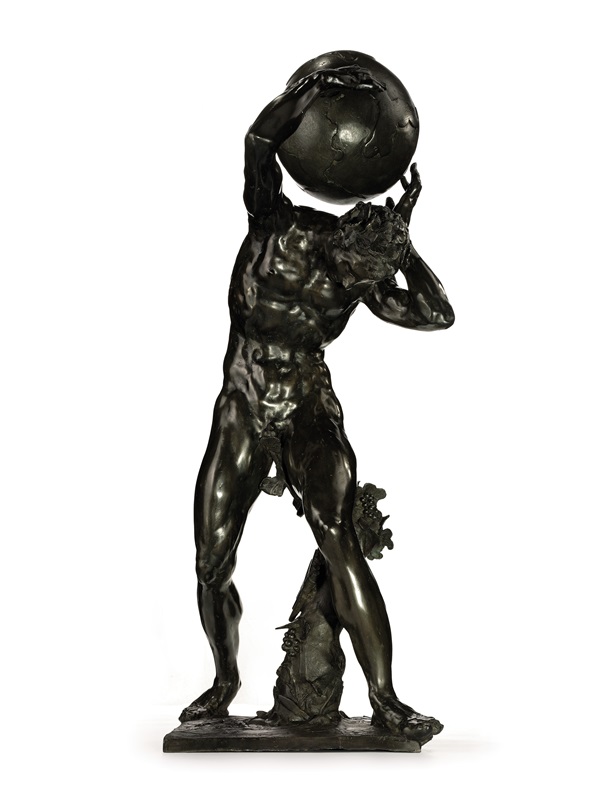Analysis
Rijksmuseum Acquires $28 Million Bronze


Eileen Kinsella

The Rijksmuseum in Amsterdam acquired a 17th-century sculpture by Adriaen de Vries at Christie’s New York last week for a record $27.9 million against an estimate of $15—25 million. The recently rediscovered bronze—a Bacchic figure supporting a globe—is said to be one of the artist’s best works and represents one of the first De Vries statue in a Dutch art collection, according to a statement from the museum.
Adriean de Vries “is the Dutch Michelangelo and his works are equally rare,” said Rijksmuseum general director Wim Pijbes. “Therefore it is absolutely great that we have been able to buy this fabulous sculpture for the Netherlands.” The museum said generous support of the Rembrandt Association, BankGiro Lottery, the Rijksmuseum Fund, the VSB fund, the Mondrian Fund, a private donation, and the Rijksmuseum International Circle enabled the museum to acquire the piece. It was offered last week at Christie’s auction title “The Exceptional Sale.” The bronze was rediscovered by chance in 2010 in the courtyard of Schloss Sankt Martin in Austria. The museum said it was most likely sold by Dutch heirs of the sculptor following his death in 1626.
Further, the work is dated 1626 and is probably the last autographed work by De Vries. The statue represents the mythological figure of Atlas supporting the globe. The Dutch sculptor, who was born in the Hague ca. 1550, enjoyed his greatest successes abroad, according to the Rijksmuseum statement. Following stints in Italy and Germany, he was appointed court sculptor to Emperor Rudolph II in Prague in 1601.
An international exhibition that the Rijksmuseum organized with the National Museum in Stockholm and the Los Angeles–based Getty Museum in 1998–2000 is credited with bringing much wider, well-deserved appreciation of his work, and initiated a re-evaluation of his career.